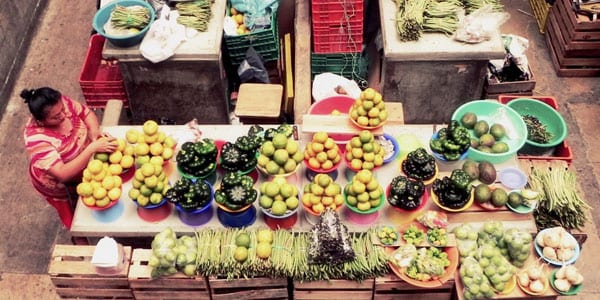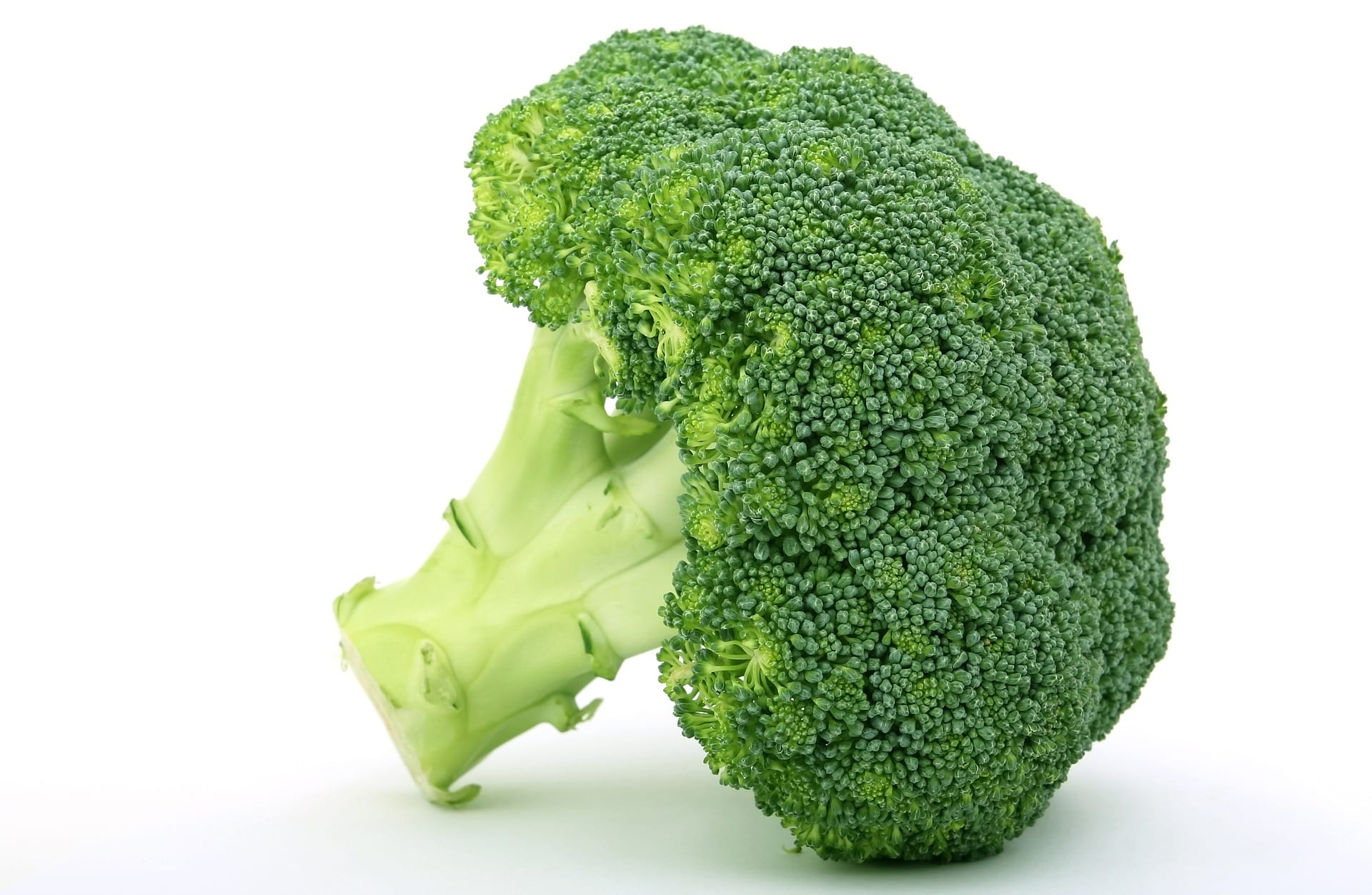
By Gonzalo Sol, Academic of the Royal Academy of Gastronomy
Pantry, kitchen and food, as well as the forms and protocols at the table, indicate the personality of the peoples. So its set defines a very important part of its culture. In such a way, the Meeting of America and Europe led to a third, in this case the Hispanic American. With enormous international significance from those same origins.
Although not always sufficiently known or recognized. Perhaps because it was never sufficiently or adequately or disinterestedly told.
I intend to comment on that unexpected exchange of pantries that arose in the environment of the pepper. It was not really a spice grower but clearly economical, since it proposed to reach the pepper by a new western route. Thus getting to Spain the business of an advantageous monopolistic position for its supply.
In search of food: pepper
It is evident that if there we do not find pepper, but some 'almost substitutes' like the “ají”. However, we find some 30 unexpected products from those lands full of wealth. But it is necessary to point out that we meet above all with different human beings. We knew how to assume them by creating a mixed race with the same language.
With all this and its immediate consequences, Spain marked the turn of the century. Precisely at the opportune beginning of the Renaissance. Although neither the people of the street, not even scholars nor hierarchs could notice it then. As it did, by the way, a certain Spanish monastic culture. Next to Catholic kings.
The truth is that meeting began to have an unimaginable international significance. Not only food, which was arriving and developed from Spain.
Tumbo or Curuba
For example, in its pre-Columbian stage, Peruvian fish were not macerated with lemon, as is done everywhere today. They were prepared with less acidic fruits, such as tumble, Also called Passion fruit. But it seems that they mainly used vinegars made with quinoa distillates, or quinoa, a pseudocereal. Very consumed since always in Peru.
I was especially interested in the great evolution that European kitchens began to experience at the beginning of the XNUMXth century. Kitchens inherited from Mesopotamia, Egypt, Greece and Rome. Little by little they came across the new pantries that we were bringing from America.
It is not uncommon to hear and read that we Spaniards loot America. It happened that, in addition to foodsFrom there we brought silver and gold. By the way, sometimes with very serious seafaring difficulties imposed by privateers who were immediately named "Sir" for this reason.
It is evident that we provide goods of apparent less immediate value but of much greater historical significance. There we leave our race, our language, our social habits and our religion ...
As well as 87 transcendent pieces of pantry of great nutritional value, of which, curiously, much less is said than of the 30 brought from there. ...
FROM THE NEW CONTINENT WE BRING ABOUT 30 FOODS
2 CEREALS: corn and quinoa (or quinoa).
3 BEANS: various beans and peanut.
13 VEGETABLES: potato, sweet potato, tomato, pepper (paprika), various chili peppers and chillies. Also sweet potato, yucca, cassava, squash (pumpkin), sunflower (pipes) and zucchini (which "maybe" is Asian).
1 MEAT: the turkey. There are those who mention that tiny rodents the size of hamsters were eaten there. These did not reach Spain. Except for the proud presentation of American products that Colón made to Isabel and Fernando en Barcelona. It was on their return from their second trip, in April 1493, but we did not adopt them in our pantry.
9 FRUITS: custard apple, guava, avocado, papaya (or watermelon), medlar, maguey (today agave), passion fruit (called parchita or passion fruit) and coconut. This could also be attributed to South of Asia. Likewise, we brought the strawberry (which arrived later than North America). Also pineapple, which they used as a local analgesic and anti-inflammatory.
2 AROMATIZANS: vanilla ("vegetable caviar") and cocoa.
That is: 30 foods and 3 derivatives.
WE TAKE AROUND 87 FOODS TO AMERICA
9 CEREALS and its elaborations: wheat (flour, bread and pasta), barley, oats, rye, millet and rice.
14 SPICES AND CONDIMENTS: coffee, thyme, bay leaf, rosemary, mints, ginger, rhubarb, cumin, garlic, sage, parsley, cloves, cinnamon and saffron.
20 VEGETABLES: artichokes, collards, broad beans, peas, asparagus, spinach, aubergines, cabbage, leeks, cucumbers, chard, cabbage, red cabbage, spearmint, asparagus, radishes, carrots, capers, lettuce and onions.
2 BEANS: lentils and chickpeas.
14 MEAT and its derivatives: beef, sheep, goats, pigs (so milk, cheeses, sausages and sausages), as well as rabbits, partridges, quail, chicken and other poultry (so also eggs).
28 FRUIT TREES and derivatives: sugar cane (sugar) olive trees (oil and fried foods), vines (for which wine and vinegar), apple trees, pear trees, orange trees, mandarins, grapefruit, lemon trees, quinces, peaches, pomegranate chestnuts, apricots, fig trees, pomegranates , watermelons, melon trees, quince trees, palm trees, date trees, cherry trees, banana trees and pommel trees (considered the citrus paradisi).
In other words, in total 87 foods and 12 derivatives.






